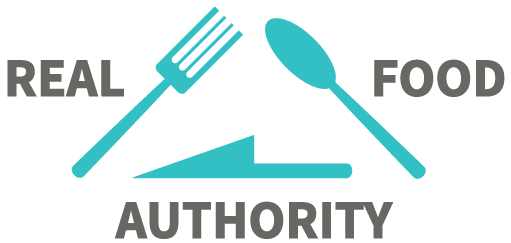Body Talk
It’s time for some honest talk about an oft-avoided topic: gas. Even though we go to great lengths to hide it, deny it, and basically pretend we’ve ever even heard of it, the average person passes gas up to 20 times a day. Usually, it’s no big deal, but too much gas can mean uncomfortable bloating or stomach pain.
Which foods are the biggest culprits?
1. Fruits like apples, grapes, and watermelon, and veggies such as asparagus, peas, and zucchini are high in fructose, a naturally-occurring sugar that’s often poorly absorbed by the small intestine—resulting in abdominal pain, gas, and even diarrhea. You may be able to handle more fructose than the person next to you so there’s no magic upper limit for how much you should consume. But if you notice that fructose-rich foods tend to give you trouble, opt for fruits that contain less of the stuff, like oranges, blueberries, or strawberries.
2. Choosing lower calorie sugar alcohols like sorbitol, xylitol, erythritol or mannitol might not be the best move for your belly. If we eat a lot of sugar alcohols at once, the normal bacteria that live in the gut are flooded with a large supply of their favorite foods. They rapidly consume the sugar alcohols in a process called fermentation, which produces a lot of gas. Instead, stick to small amounts of real sugar when you need a sweetener, and keep an eye out for sugar alcohols in unexpected places like protein powders, energy bars, and sugar-free candy, gum or ice cream (think Halo Top).
3. Trying to get more fiber in your daily diet? Great! Just take it slow, as adding too much roughage too quickly is the perfect recipe for gas, cramps, and bloating. You can avoid these uncomfortable symptoms by adding more fiber to your diet in small increments over a several-week period, and drinking plenty of water. Still having issues? Cut back on top offenders like beans, lentils, and cruciferous veggies, and try sipping peppermint tea, which can enhance digestion and relax intestinal muscles (helping gas move along more quickly).
4. Slow down. When you are in a hurry and scarf your food down, you can consume extra air with said food. Eat slowly, which will decrease the amount of air you’re taking in and help decrease gas production.
5. Lactose intolerance symptoms can range from abdominal bloating to diarrhea, If you don’t want to give up the stuff, opt for dairy that’s cultured or contains less lactose—such as yogurt or hard cheeses—which can be easier to tolerate than milk. Or experiment with drinking smaller amounts of milk during mealtimes: Drinking milk with foods can slow the digestive process, potentially reducing symptoms.
6. Do you drink non-dairy milk? Many store-bought versions of plant-based milks are made thicker and creamier with the help of carrageenan, a seaweed-based emulsifier that research suggests may spark intestinal inflammation. Over time, this irritation can add up. And if you already have digestive issues, that can make symptoms like gas and bloating even worse. Look for a nondairy milk that’s carrageenan-free
7. Some vegetables—like cabbage, Brussels sprouts, broccoli, and asparagus—contain raffinose, a hard-to-digest sugar that’s notorious for causing gas. The good news is, a little bit of heat might be all you need to solve the problem. Eating the vegetables cooked rather than raw makes them easier to tolerate and can reduce the amount of gas they cause.
PRO tip: If you’d still like to enjoy some fruits without gas problems, these 5 types of fruit are the least likely to cause flatulence and other intestinal upsets.
- Citrus fruits like lemons, limes, oranges, mandarins and grapefruits are usually good low gas fruit options for most people.
- Cantaloupe and Honeydew melon are low in both sugar alcohols and fructose, though their fiber may still cause some people issues.
- In terms of berries, blueberries and cranberries are good low gas alternatives and both boast an impressive antioxidant and nutritional profile.
- Avocados are a low gas fruit and with their beneficial monounsaturated fats are also extremely good for you.
- Tropical papaya is another good fruit to eat to avoid flatulence and digestive problems. In fact, it contains a digestive enzyme called papain that helps to break down undigested protein and therefore will help to prevent those really smelly farts.
Don’t Stop Eating Fruits
I am not suggesting you stop eating healthy fruits like apples, grapes, cherries and bananas, even though they may cause you some gas on occasions. Rather, try a week off from all of the fruits listed here and then slowly introduce them one at a time.
Eat only that particular fruit on its own at first, away from other foods, and you should be able to identify which fruits cause the worst bloating and flatulence for you personally.

